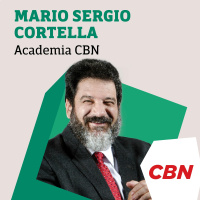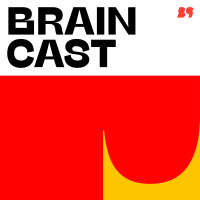Sinopsis
Thomas Jefferson National Accelerator Facility (Jefferson Lab) is funded by the Office of Science for the U.S. Department of Energy (DoE) with strong support from the City of Newport News, the Commonwealth of Virginia, and the United States Congress. As a user facility for scientists worldwide, its primary mission is to conduct basic research of the atom's nucleus at the quark level
Episodios
-
Toward Speeding Wound Healing
31/03/2006 Duración: 03minDeep inside a mouse's body, foreign cells are glowing. The glowing cells are the first step in developing a new therapy for shortening the amount of time it takes wounds to heal. Carl Zorn of Jefferson Lab's Detector and Imaging Group and Zhenghong Lee at Case Western Reserve University in Cleveland discuss how the same technology found in digital cameras is helping scientists develop this new therapy.
-
Nuclear Physics in Breast Imaging
25/01/2006 Duración: 03minThe technology behind the detectors used in Jefferson Lab experiments is imaging cancer in the breast. Used alongside mammograms, the technology is aiding doctors in the fight against breast cancer. Jefferson Lab's Detector and Imaging Group (Group Leader Stan Majewski and member Drew Weisenberger) and Dilon President, Lon Slane, talk about how the technology works and how it's saving lives.
-
Supercomputing on a Shoestring
11/01/2006 Duración: 03minCluster computers are tackling computations that were once reserved for the most powerful supercomputers. Jefferson Lab's clusters are calculating the theory that corresponds to the nuclear physics experiments, giving scientists another tool to explore the basic building blocks of matter.
-
Spin Structure of Protons and Neutrons
14/12/2005Just as a top spins on a table, the tiny quarks inside protons and neutrons also spin. Now a complex calculation by theoretical nuclear physicists at Jefferson Lab has revealed that a quark's spin may be altered by the surroundings of the proton or neutron in which it resides. This surprising result, recently published in the journal Physical Review Letters, may lead to new insights about how ordinary matter is constructed.














